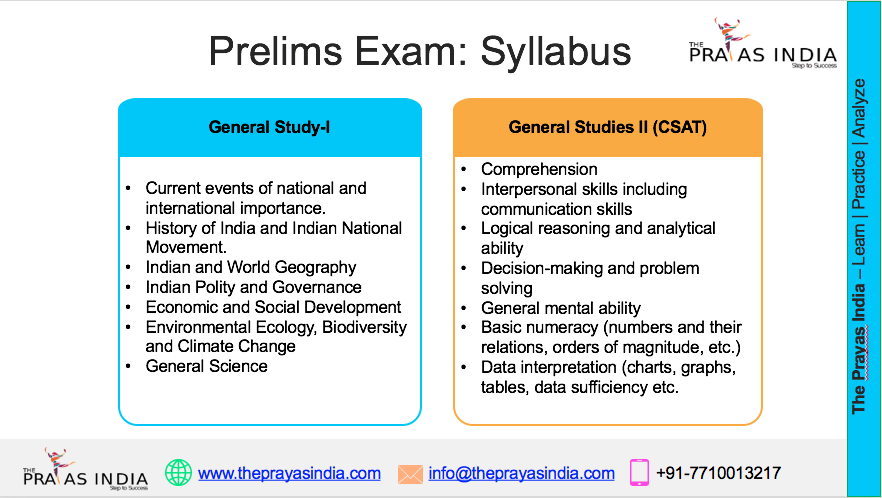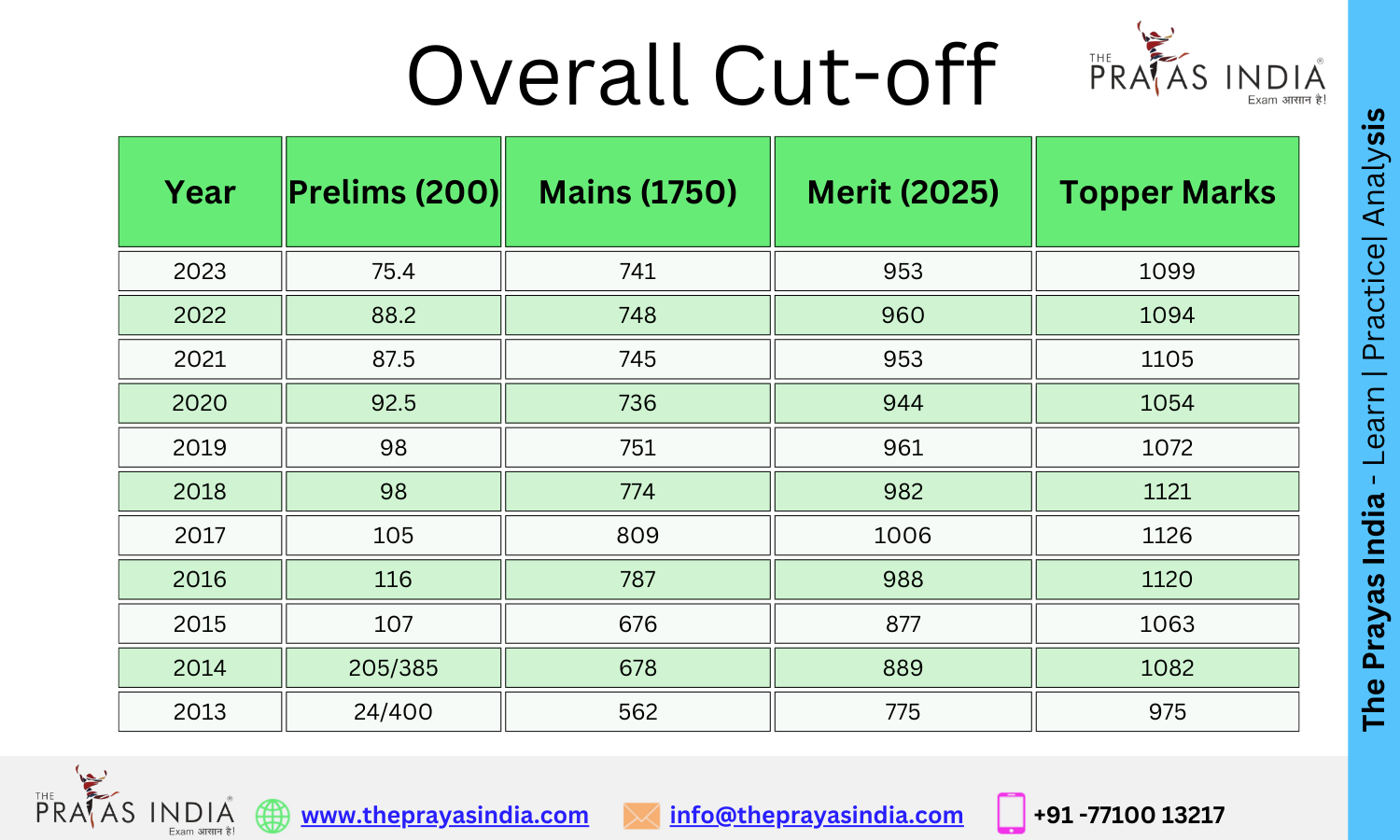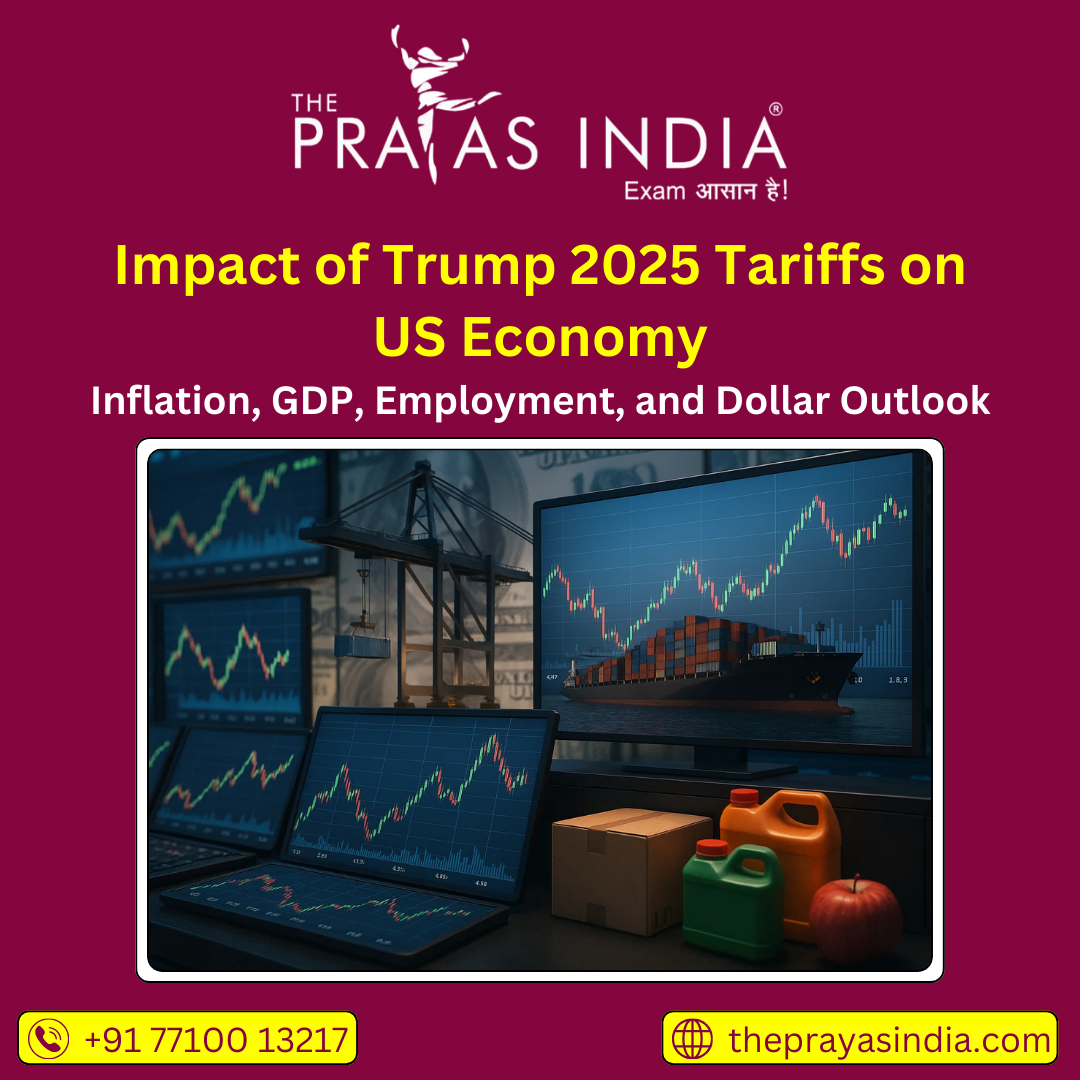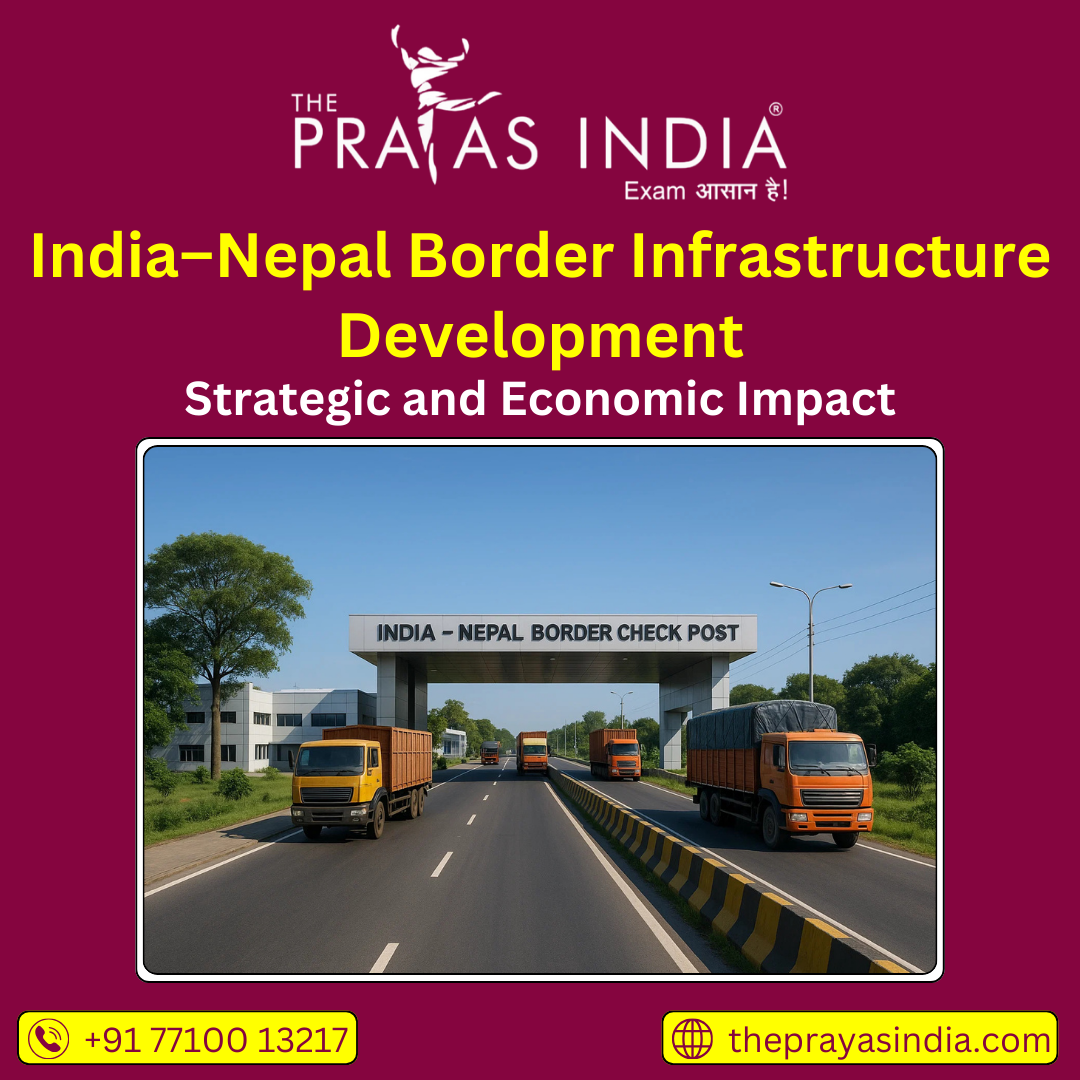One Nation, One Election – A Game-Changer or a Challenge?
The idea of holding simultaneous elections across the country — commonly known as One Nation, One Election — has once again sparked nationwide debate. While the concept promises to bring efficiency and reduce costs, its implementation poses significant constitutional, political, and logistical challenges. As India moves forward in its democratic journey, understanding this proposal’s depth is crucial for policymakers and the public.
Understanding the Concept
One Nation, One Election refers to conducting elections to the Lok Sabha and all State Legislative Assemblies simultaneously. The idea isn’t new — India practiced this model during the initial decades after Independence. However, over time, political instability and premature dissolution of assemblies caused a drift, and the cycle of elections began occurring at different times across states.
Why Is It Back in the News?
The central government has revived this discussion, forming a committee under former President Ram Nath Kovind to explore its feasibility. The move is seen as an attempt to streamline India’s electoral process and reduce the enormous cost and time involved in conducting multiple elections every year.
Advantages of One Nation, One Election
1. Cost Efficiency: Frequent elections require significant financial resources. Conducting simultaneous elections can save taxpayers’ money by reducing recurring expenses on logistics, security, polling staff, and administrative arrangements.
2. Reduced Administrative Burden: Each election involves deploying lakhs of personnel, security forces, and government machinery. Holding elections together will reduce this strain and ensure uninterrupted governance.
3. Policy Continuity and Governance Stability: During elections, governments often enter “Model Code of Conduct” mode, halting major policy decisions. Simultaneous polls would minimize such disruptions and allow for continuous development work.
4. Less Electoral Fatigue: India is always in election mode. Frequent elections exhaust voters, political parties, and authorities. A unified election cycle could allow politicians to focus more on governance than campaigning.
Challenges in Implementation
1. Constitutional and Legal Hurdles: To sync election cycles, amendments are needed in the Constitution (Articles 83, 85, 172, and 174), Representation of the People Act, and other relevant laws. This requires not just a parliamentary majority but also ratification by half of the states.
2. Political Resistance: Many opposition parties have expressed concern that simultaneous elections may undermine federalism. State-specific issues might get overshadowed by national agendas, diluting regional representation.
3. Operational Feasibility: India has over 90 crore voters. Conducting a single massive election would require massive logistical arrangements — double the number of EVMs, enhanced security deployment, and expanded polling infrastructure.
4. Possibility of Mid-Term Dissolutions: If an assembly is dissolved mid-term, should fresh elections be held immediately or wait for the next cycle? These scenarios raise practical concerns about the uniformity of the election cycle.
Historical Perspective
From 1951 to 1967, India conducted simultaneous elections. However, due to the premature dissolution of some state assemblies and the Lok Sabha in the late 1960s and 1970s, this synchronization broke down. Since then, elections have been held at different times in different states, creating a constant cycle of elections.
Global Practices
Several countries, like South Africa and Sweden, follow fixed-term elections, ensuring national and regional elections are held together. However, their political systems differ significantly from India’s federal structure, making a direct comparison challenging.
The Way Forward
Instead of immediate, full-scale implementation, India could consider a phased approach. Elections could be conducted in two or three batches — grouping states with similar terms. Strengthening anti-defection laws, ensuring fixed tenures, and creating a legal mechanism for hung assemblies can also support this transition.
The idea of One Nation, One Election is ambitious and potentially transformative. It offers economic and administrative benefits but also raises valid concerns related to federalism, democratic representation, and practical execution. The need of the hour is a broad-based consensus, constitutional clarity, and a strong legal framework to make it workable. Until then, the debate around it will remain one of the most significant electoral reforms in India’s democratic journey.



![Prayas-लक्ष्य [UPSC CSE Target] The Prayas India](https://theprayasindia.com/wp-content/uploads/2021/08/Prayas-लक्ष्य-UPSC-CSE-Target-The-Prayas-India-300x167.png)

![Prayas Pre-भेदश [UPSC CSE Prelims Test Series] The Prayas India](https://theprayasindia.com/wp-content/uploads/2021/08/Prayas-Pre-भेदश-UPSC-CSE-Prelims-Test-Series-The-Prayas-India-300x167.png)










